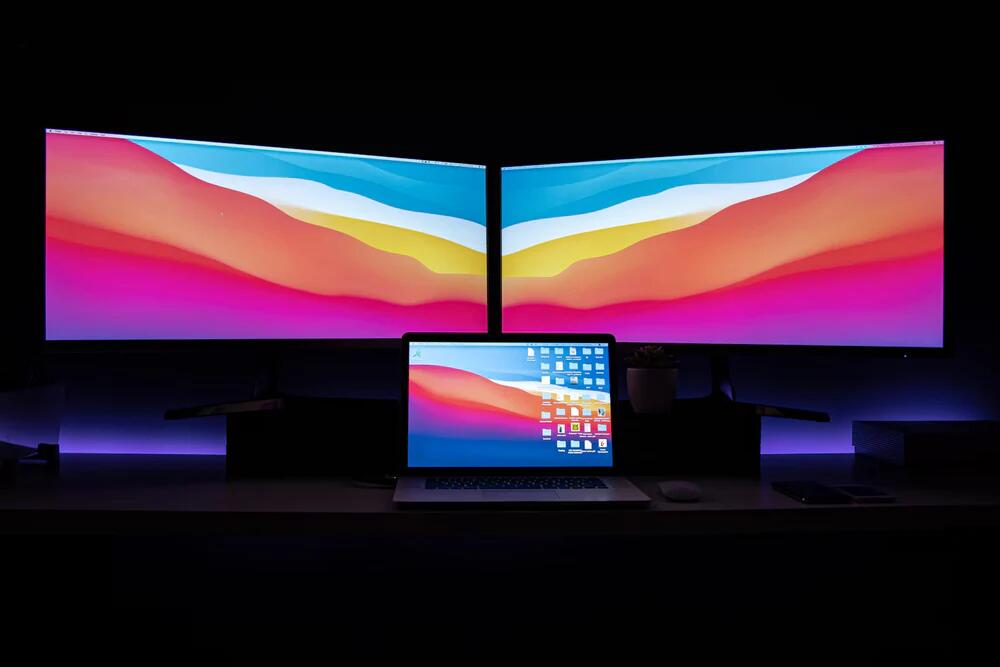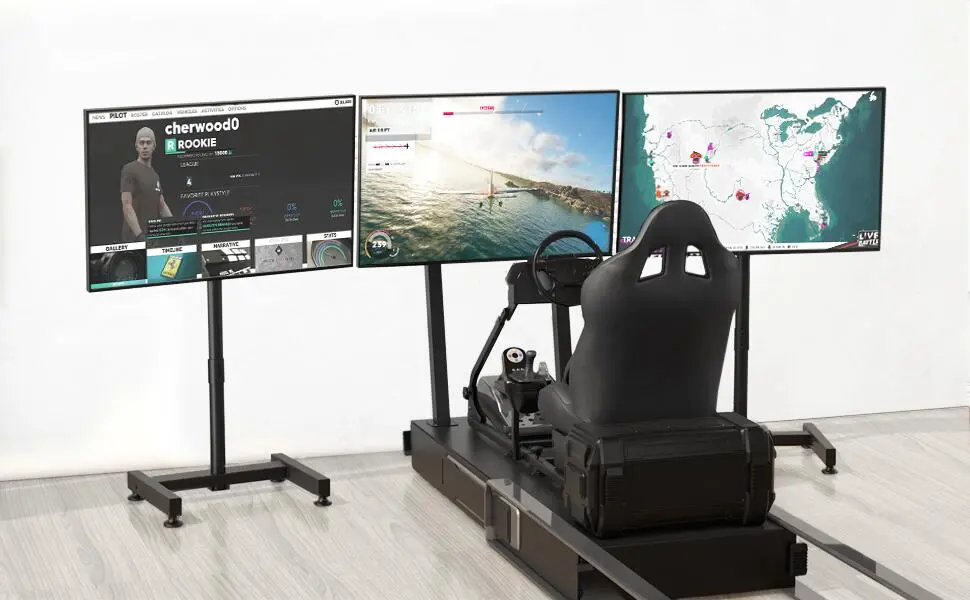In today’s fast-evolving world of display technology, OLED 4K 120Hz monitors have emerged as a revolutionary solution—delivering stunning visuals, lightning-fast performance, and immersive experiences for gamers, content creators, and tech enthusiasts alike. These monitors combine cutting-edge OLED technology, ultra-sharp 4K resolution, and silky-smooth 120Hz refresh rates—pushing the boundaries of clarity, speed, and realism like never before.
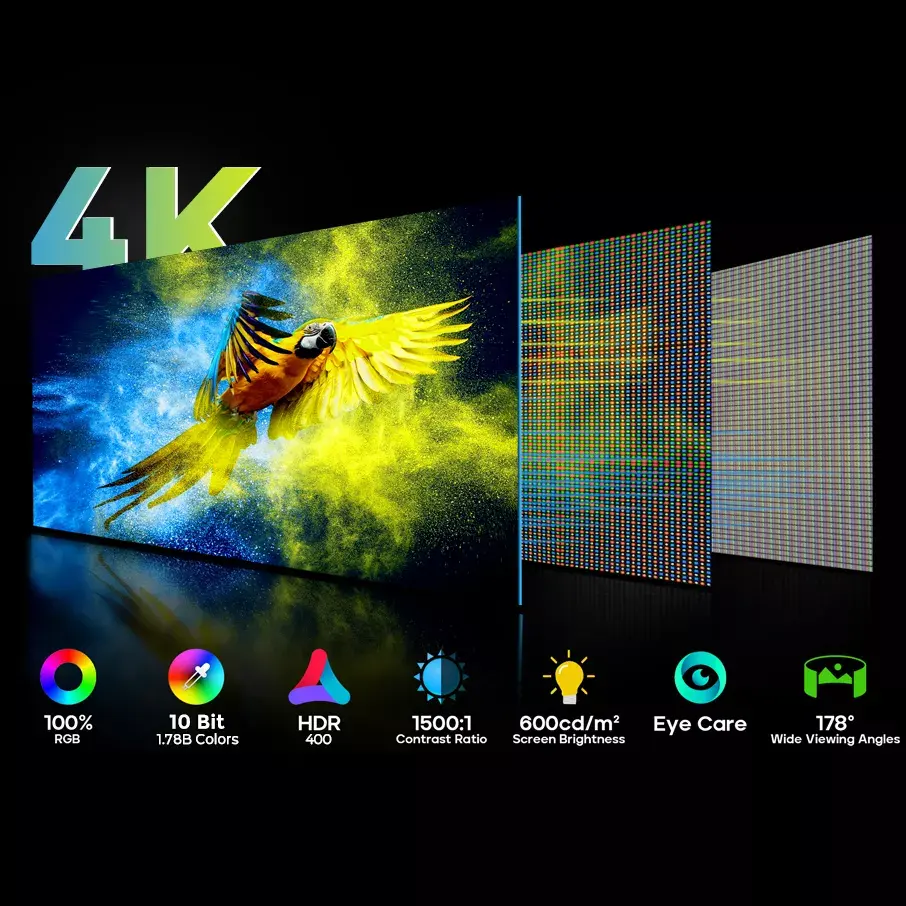
The Rise of OLED 4K 120Hz Monitors
Over the past few years, the demand for immersive, high-performance displays has surged—driven by growth in gaming, 4K content consumption, and professional creative work. OLED 4K 120Hz monitors have quickly become the top choice for users seeking premium quality and responsiveness. Their ability to deliver true blacks, vibrant colors, and infinite contrast—along with the crispness of 4K and the fluidity of 120Hz—has made them indispensable for anyone upgrading from standard LCD screens.
Understanding OLED Technology
How OLED Works
OLED stands for Organic Light-Emitting Diode. Unlike traditional LCDs that rely on backlighting, OLED displays use self-emissive pixels, each capable of producing its own light. This allows for pixel-level control, enabling perfect blacks, richer contrast, and unparalleled color accuracy.
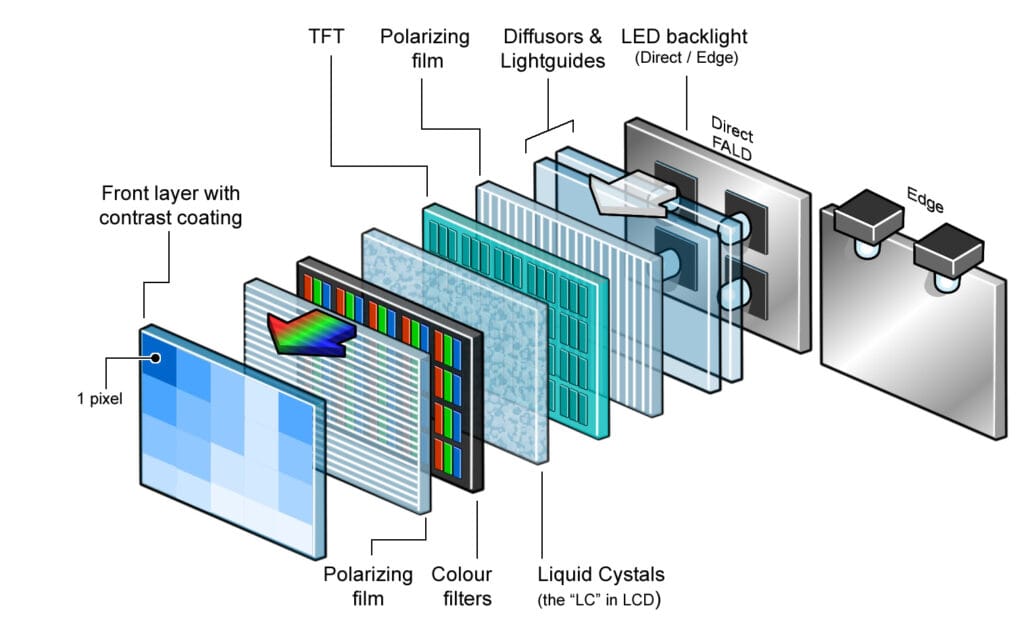
Key Advantages of OLED
OLED panels offer a range of benefits over LCDs:
- True blacks: Pixels turn off completely for zero light leakage.
- Infinite contrast ratio: Enhances depth and detail in every scene.
- Wider viewing angles: Colors and brightness remain consistent off-center.
- Faster response times: Ideal for fast-paced gaming and action content.
These traits make OLED an outstanding choice for users who demand both cinematic visuals and performance precision.
The Visual Power of 4K Resolution
What is 4K?
4K, or Ultra High Definition (UHD), refers to a display resolution of approximately 3840 x 2160 pixels—four times the resolution of Full HD (1080p). The result is superior detail, sharper images, and clearer text, all of which contribute to a more lifelike visual experience.

4K for Gaming, Creativity, and Streaming
- Gamers enjoy hyper-realistic environments and more immersive gameplay.
- Content creators benefit from higher precision in video editing, photography, and design.
- Streamers can now view Netflix, YouTube, and other platforms in true 4K fidelity.
As 4K content becomes mainstream, investing in a monitor that does justice to the resolution is a wise move.
The Smoothness of 120Hz Refresh Rates
Why Refresh Rate Matters
The refresh rate, measured in Hertz (Hz), indicates how many times a screen updates per second. A 120Hz refresh rate provides twice the fluidity of a 60Hz display, reducing motion blur and improving on-screen responsiveness.
Benefits for Gaming and Everyday Use
For gamers, a 120Hz refresh rate translates to:
- Smoother gameplay
- Faster reaction times
- Reduced screen tearing and ghosting
Outside of gaming, 120Hz monitors make everyday tasks—like scrolling, streaming, and multitasking—feel more responsive and seamless.
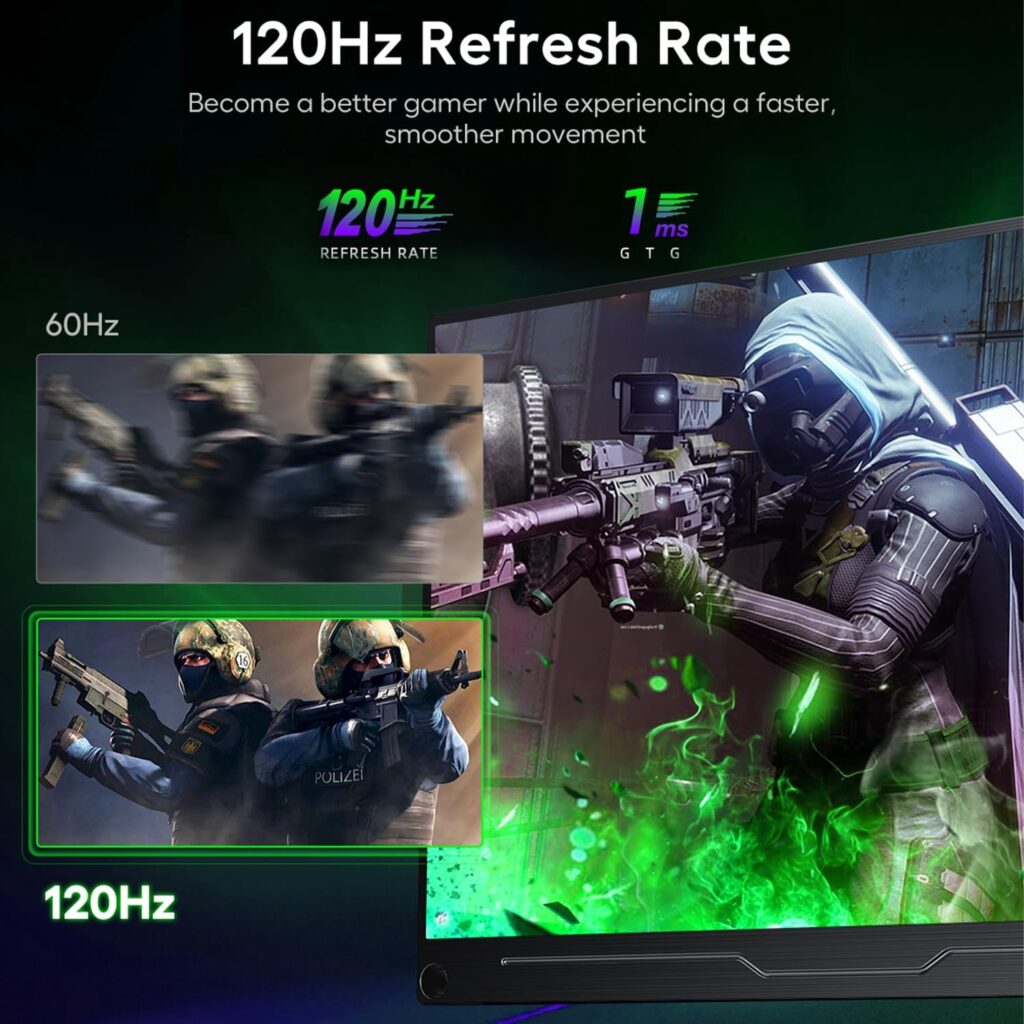
Market Overview: OLED 4K 120Hz Monitors
Rapid Market Growth
The market for OLED 4K 120Hz monitors is expanding rapidly. According to Omdia, global OLED monitor shipments are projected to reach 1.6 million units by 2025, up from 500,000 units in 2023. This growth is fueled by increasing demand for 4K gaming, content creation, and high-end professional use.
Top Brands and Notable Models
Several industry leaders dominate this space:
- Samsung – Odyssey OLED G9: A 49-inch curved 4K monitor with 120Hz refresh and immersive design.
- Dell – Alienware AW3423DW: A 34-inch QD-OLED ultrawide with vibrant color and fast response.
- LG – UltraFine OLED Pro: Designed for creators, offering perfect color fidelity.
- ASUS and Acer – Feature-rich OLED monitors targeting gamers and creatives alike.
Buying Guide: How to Choose the Right OLED 4K 120Hz Monitor
Assess Your Needs
Start by identifying your primary use case:
- Gamers need high refresh rates, low input lag, and G-SYNC/FreeSync support.
- Creators prioritize color accuracy, HDR support, and wide gamuts.
- General users may seek versatility, size, and multitasking features.
Also, consider your budget, desk space, and preferred screen size.
Key Specs to Look For
- Resolution: True 4K (3840 x 2160)
- Refresh Rate: 120Hz minimum
- Response Time: 1ms or less for gaming
- Color Gamut: DCI-P3 or AdobeRGB for creators
- Ports: HDMI 2.1, DisplayPort 1.4, USB-C for modern connectivity
Choose a Trusted Brand
Stick with reputable brands known for durability and after-sales support. Look for:
- Warranty coverage
- Color calibration certifications
- Reliable firmware updates
The Future of OLED 4K 120Hz Displays
As OLED production becomes more cost-efficient, we can expect:
- Higher resolutions (e.g., 6K, 8K)
- Even faster refresh rates
- Energy-efficient designs
- Wider OLED adoption in mainstream monitors
Emerging technologies like QD-OLED and MicroOLED may further improve brightness and longevity, addressing traditional OLED concerns like burn-in.
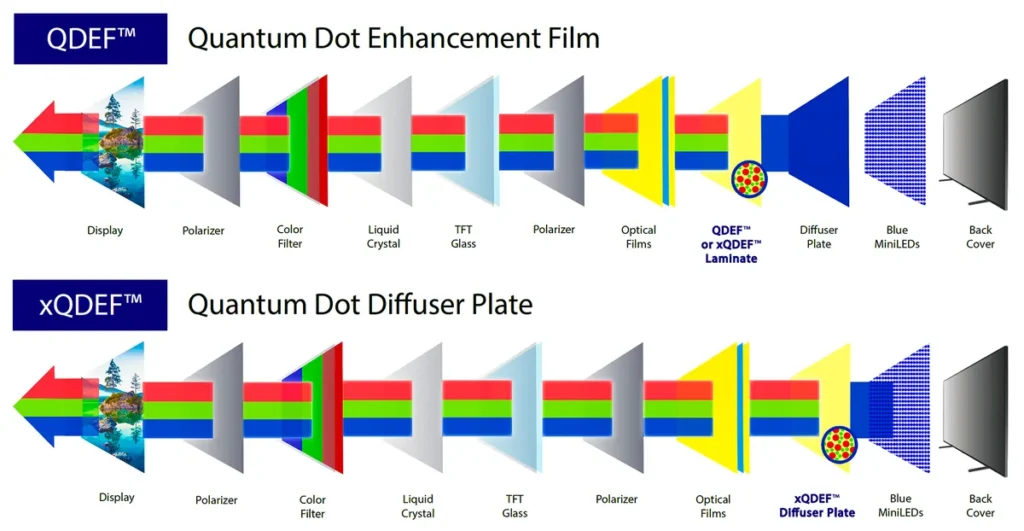
Final Thoughts
OLED 4K 120Hz monitors represent the pinnacle of display innovation—combining breathtaking clarity, fluid motion, and unmatched visual depth. Whether you’re a competitive gamer, a design professional, or simply a tech lover, these monitors deliver a future-proof solution that transforms how you see and interact with your digital world.


